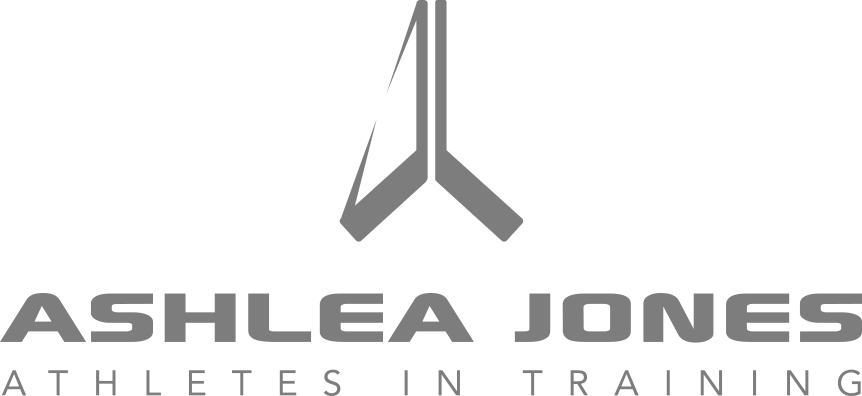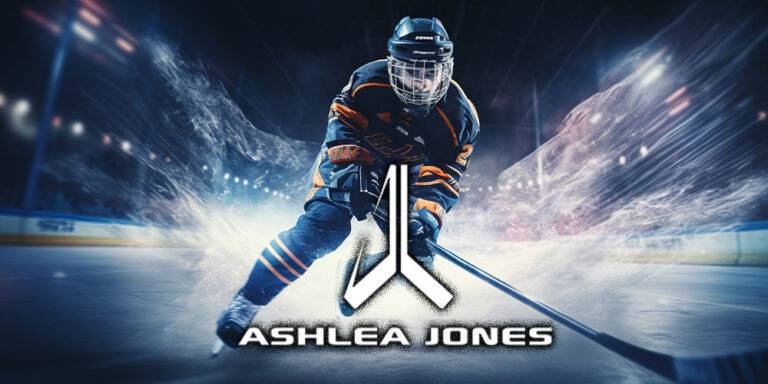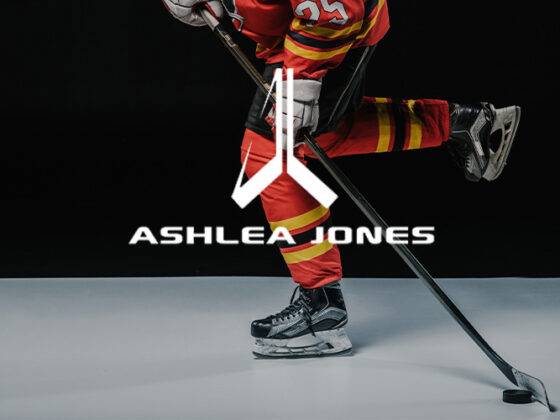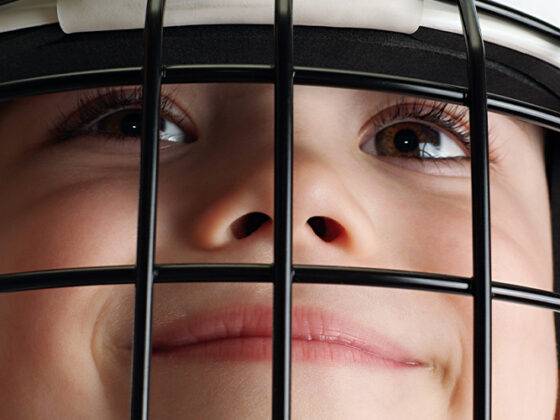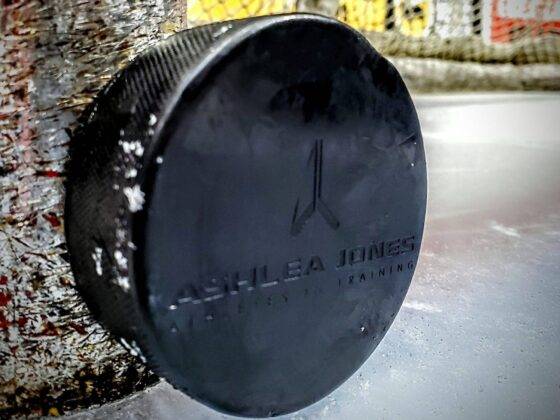The Importance of Mobility, Mechanics, and Breaking Down Skating
Just last week, I had an interesting conversation with a hockey parent that really drove home what we’re doing here at Ashlea Jones Athletes in Training. His son is heading off to an NCAA Division 1 school, and during a break at home, the kid brought with him a stack of off-ice exercises the university’s strength and conditioning team had given him to work on.
The dad looked through the program and said something that made me smile: “Ashlea, this is exactly what you do with the kids on the ice.” He was amazed at how much the Division 1 program emphasized mobility work and understanding how proper movement mechanics translate to better skating. Both his son’s university program and what we do here focus heavily on the same fundamentals – the difference is, we take it one step further.
Here’s the thing about off-ice work: it’s crucial, but it can only take you so far. When you’re doing mobility exercises on solid ground in sneakers, you’re missing two critical elements that make skating unique – the slippery surface and that tiny blade contact point.
That’s why I believe it’s absolutely imperative to implement these same mobility and movement principles directly into our on-ice sessions. This is how players can truly bridge that gap between what they’re doing off the ice and what they need to execute on the ice, and it’s how they progress faster and more effectively.
Why Our Training Might Look Different From What You Expect
If you’ve watched one of our ice sessions and thought, “That doesn’t look like typical hockey practice,” you’re absolutely right. What we do here focuses on something most programs skip over – the foundational mechanics that make everything else possible.
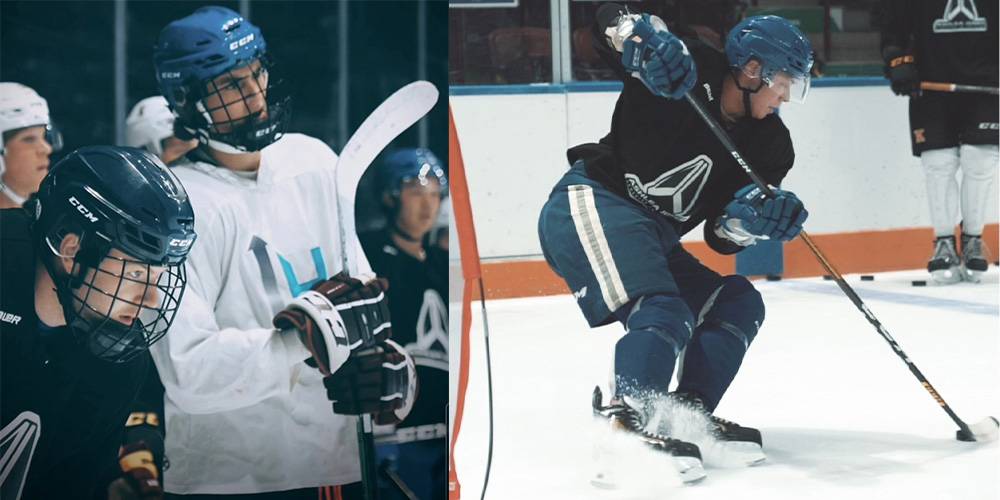
We spend significant time working on isolation of the right and left sides of the body. This isn’t because we want to make things harder or more complicated.
It’s because skating efficiently requires each side of your body to work independently while also coordinating together. When we isolate one side, we can identify weaknesses, imbalances, and compensatory patterns that get hidden when both sides work together.
Most skaters develop a dominant side preference early on, and over time, the stronger side starts doing more of the work while the weaker side just goes along for the ride. By breaking things down and working each side separately, we wake up those dormant muscles and neural pathways that have been taking the easy route.
Diving Deep Into Lower Extremity Mechanics
The magic of efficient skating happens from the ground up – or in this case, from the blade up. We dive deep into how the mechanics of the lower extremities move efficiently because that’s where power generation and control begin.
Most people think skating is all about strong legs, but it’s actually about smart legs. It’s about understanding how your foot, ankle, knee, and hip work together in a coordinated chain of movement.
When one link in that chain isn’t doing its job properly, the others have to compensate, and that compensation creates inefficiency, increased energy expenditure, and often injury.
This is where some of our training might look unusual to the untrained eye. You might see us working on foot activation drills that seem to have nothing to do with hockey. But here’s what’s happening: we’re teaching players to actively control their feet and understand how foot position affects everything up the kinetic chain.
The Foundation: Foot Activation and Ankle Mobility
Your foot is your only contact point with the ice. If you can’t properly activate and control your foot, you’re building your entire skating technique on a shaky foundation.
We work extensively on foot activation because most players have spent years letting their skates do the stabilizing work for them, which means their intrinsic foot muscles have become lazy.
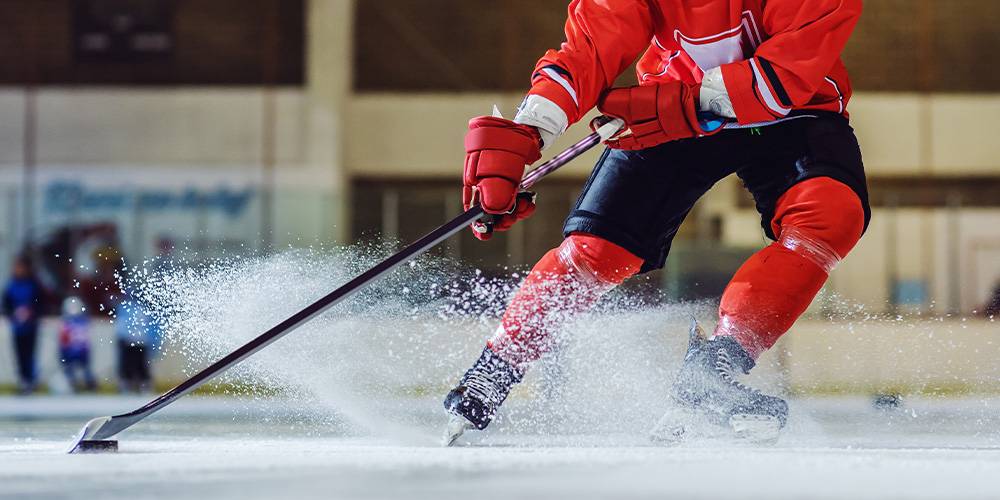
Ankle mobility is equally crucial, but here’s where it gets interesting — it’s not just about having mobile ankles. It’s about having mobile ankles that can maintain strength and control throughout their range of motion while you’re balancing on a blade moving across ice. That’s a completely different demand than what most mobility work addresses.
When we work on ankle mobility on the ice, we’re teaching players to access that range of motion while maintaining proper alignment and control in an unstable environment. This is why simply doing ankle stretches off the ice isn’t enough – you need to train that mobility in the context where you’ll use it.
Beyond the Ankle: Knee and Hip Integration
While ankle mobility gets a lot of attention, proper skating mechanics require seamless integration of ankle, knee, and hip movement. Many players get stuck thinking that bending their knees more will automatically make them better skaters, but knee flexion without proper hip and ankle coordination actually creates more problems than it solves.
We spend time teaching players how to achieve proper hip hinge patterns while maintaining ankle dorsiflexion and knee tracking. This sounds technical, but what it means practically is learning to get low and powerful while maintaining balance and control. When players understand how to coordinate these three joints, their skating transforms dramatically.
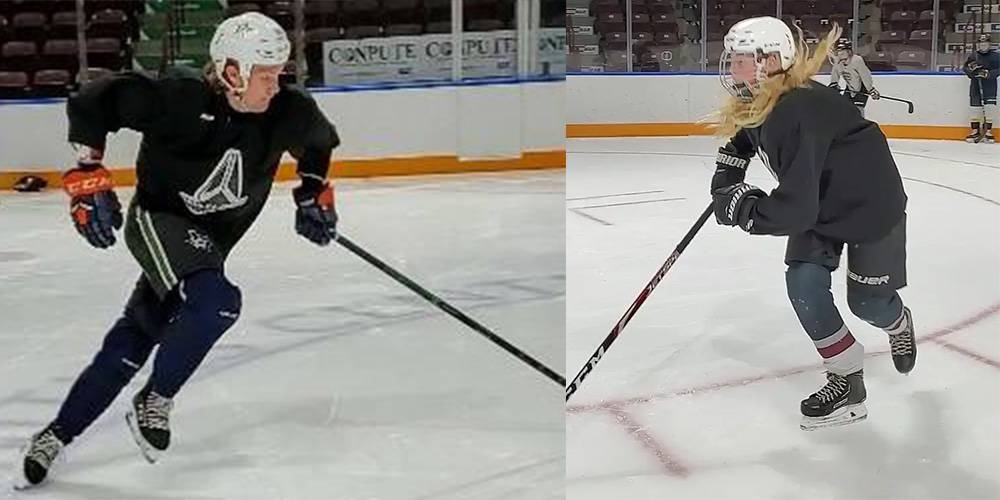
The hip is another piece of the puzzle. Teaching proper hip mobility and stability on the ice creates a foundation for explosive acceleration, smooth transitions, and better overall flow.
Waking Up Your Stabilizers and Neurological System
Here’s where the isolation work really pays off. When we break movements down and work on them separately, we’re doing something important that integrated training can’t accomplish – we’re waking up stabilizer muscles and neurological pathways that have gone dormant.
Your body is incredibly efficient at finding the easiest way to accomplish a task. Over time, certain muscles become overdeveloped and overused while others become weak and underactive. When we force your body to work in isolation, those sleeping stabilizers have no choice but to engage.
This neurological awakening has a compound effect. Once those stabilizers start firing properly in isolation, they continue to contribute when you return to integrated movements. Players often report that their skating feels more stable and controlled after just a few sessions of targeted isolation work.
The neurological system also becomes more responsive to all movements. When you challenge your balance and proprioception in various isolated positions on the ice, your nervous system becomes better at making rapid adjustments in game situations. This improved reactivity translates to better edgework, quicker recoveries from off-balance situations, and more confident skating overall.
It’s More Complex Than It Appears
From the stands or even from across the ice, what we do might look simple or even strange. You might wonder why we’re spending time on seemingly basic movements when there’s “game specific skating” to be worked on. This is where I ask parents and players to give us the benefit of the doubt and always ask questions rather than making assumptions.
What looks like a simple balance drill might actually be addressing three different movement dysfunctions simultaneously. That “boring” edge work that doesn’t look hockey-specific is actually rewiring movement patterns that will show up in explosive crossovers, tight turns, and better overall flow.
The complexity isn’t always visible from the outside because we’re working on internal awareness, muscle activation patterns, and neurological coordination. These improvements happen gradually and often below the threshold of what’s immediately obvious to observers.
Bridging the Gap: Why On-Ice Application Matters
This brings us back to that conversation with the Division 1 parent. Universities understand the importance of mobility and movement mechanics, but they’re limited in their ability to apply these principles directly to the ice environment. That’s where we have an advantage and why our approach is so effective.
When we take those same mobility principles and apply them on the ice, players can immediately feel the connection between the movement work and their skating performance. They understand not just what to do, but why they’re doing it and how it directly impacts their ability to skate efficiently.
This immediate feedback loop accelerates learning and creates buy-in from players who might otherwise see mobility work as separate from their hockey development. When they can feel how improved ankle mobility translates to deeper knee bend and more powerful strides in real time, they become invested in the process.
Questions Are Always Welcome
If you’re watching our sessions and something doesn’t make sense, please ask. If a drill looks too simple or too complex, ask about it. If you’re wondering why we’re spending time on something that doesn’t look hockey-specific, ask away.
Understanding the “why” behind our methods helps players and parents appreciate the process and stay committed when progress feels slow. Every drill, every isolation exercise, and every mobility sequence has a specific purpose in the larger picture of creating more efficient, confident skaters.
The work we do here at Ashlea Jones Athletes in Training might look different, but it’s different by design. We’re addressing the foundational elements that other programs assume are already in place, and we’re doing it in the environment where those skills need to be executed – on the ice.


